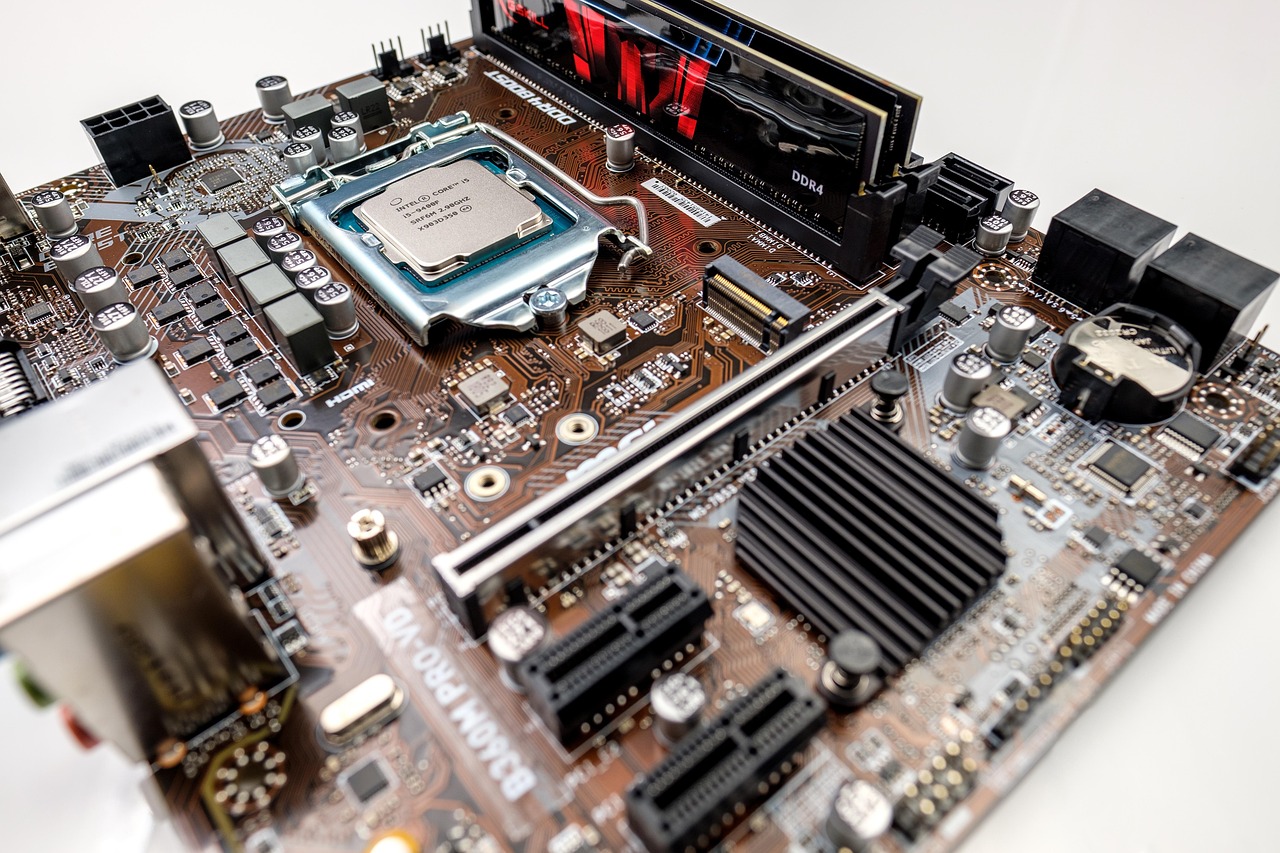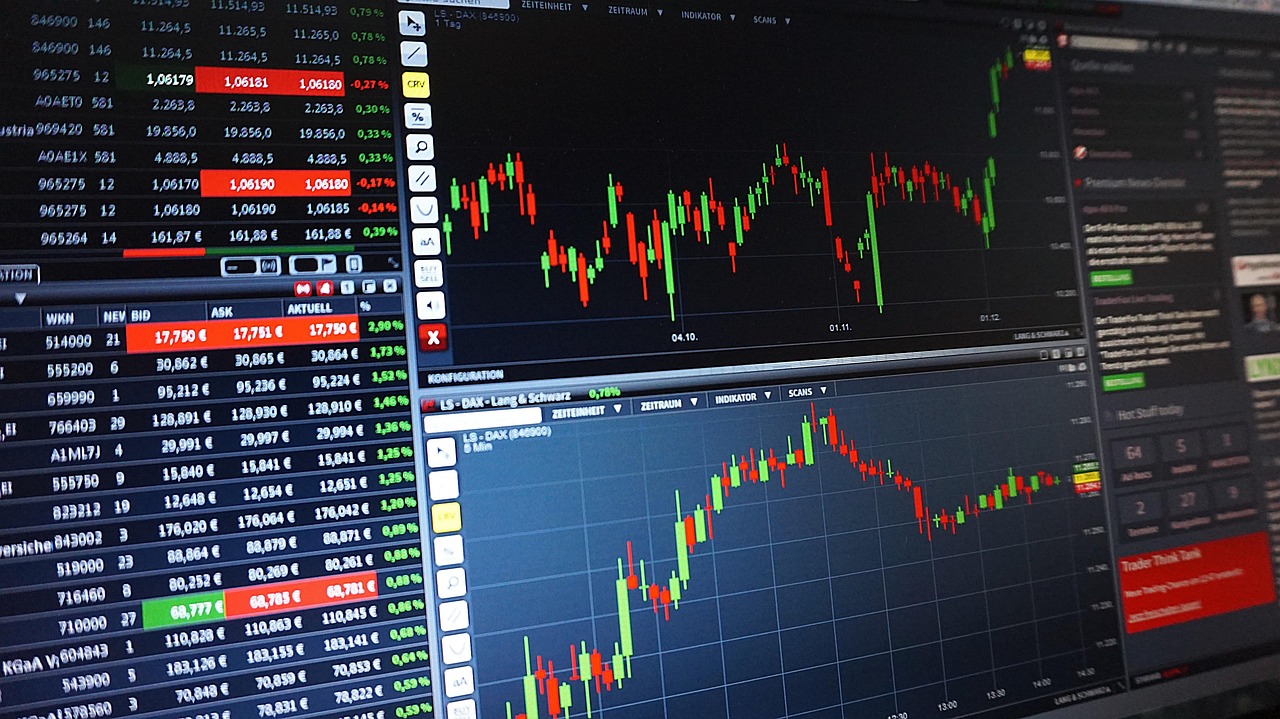Core Modernization Includes AI-Led Risk Engines

In the rapidly evolving landscape of modern technology, businesses are increasingly turning to core modernization strategies that incorporate artificial intelligence (AI) to enhance their risk management frameworks. As enterprises strive to stay competitive and efficient, AI-led risk engines are emerging as a pivotal component in transforming traditional systems into agile, intelligent, and future-ready infrastructures.
The integration of AI in risk management is not merely a trend but a necessity driven by the complexities of today’s global market. Traditional risk management frameworks often rely on historical data and manual processes, which can delay decision-making and overlook emerging threats. AI-led risk engines, on the other hand, offer real-time analysis and predictive capabilities, enabling organizations to proactively manage risks with greater precision.
These AI-powered systems use advanced algorithms and machine learning models to analyze vast datasets, identify patterns, and predict potential risk scenarios. This capability is crucial for sectors such as finance, healthcare, and supply chain management, where the speed and accuracy of risk assessment can significantly impact operational stability and regulatory compliance.
Globally, the adoption of AI-led risk engines is being driven by several key factors:
- Regulatory Pressures: As regulatory frameworks become more stringent, businesses are compelled to adopt robust risk management practices. AI can streamline compliance processes by automating data collection and analysis, reducing the risk of human error.
- Data Explosion: The exponential growth of data from various sources presents both opportunities and challenges. AI is uniquely positioned to harness this data, transforming it into actionable insights that inform risk management strategies.
- Technological Advancements: Improvements in AI technologies, including natural language processing and deep learning, have expanded the potential applications of AI in risk management, making it more accessible and effective.
One of the standout benefits of AI-led risk engines is their ability to provide a holistic view of risk across different domains. By integrating data from multiple sources, these systems can offer a comprehensive analysis that considers various risk factors, from market volatility to cybersecurity threats. This multi-dimensional approach allows organizations to devise more effective mitigation strategies and optimize their risk exposure.
Moreover, AI-led risk engines are continually evolving, learning from new data inputs and refining their models to improve accuracy. This dynamic capability ensures that risk management processes remain relevant and responsive to the changing landscape of potential threats.
Despite these advantages, the implementation of AI-led risk engines is not without challenges. Organizations need to address issues such as data privacy, algorithmic bias, and the need for skilled personnel to manage and interpret AI outputs. Ensuring transparency and explainability in AI models is also critical to maintain trust and credibility in automated risk assessments.
In conclusion, as businesses navigate the complexities of the modern world, core modernization strategies that include AI-led risk engines offer a powerful solution for enhancing risk management capabilities. By embracing these technologies, organizations can not only safeguard their operations but also position themselves for long-term success in an increasingly competitive environment. The continued evolution of AI technologies promises to further refine and expand the scope of risk management, making it an indispensable tool in the arsenal of modern enterprises.













